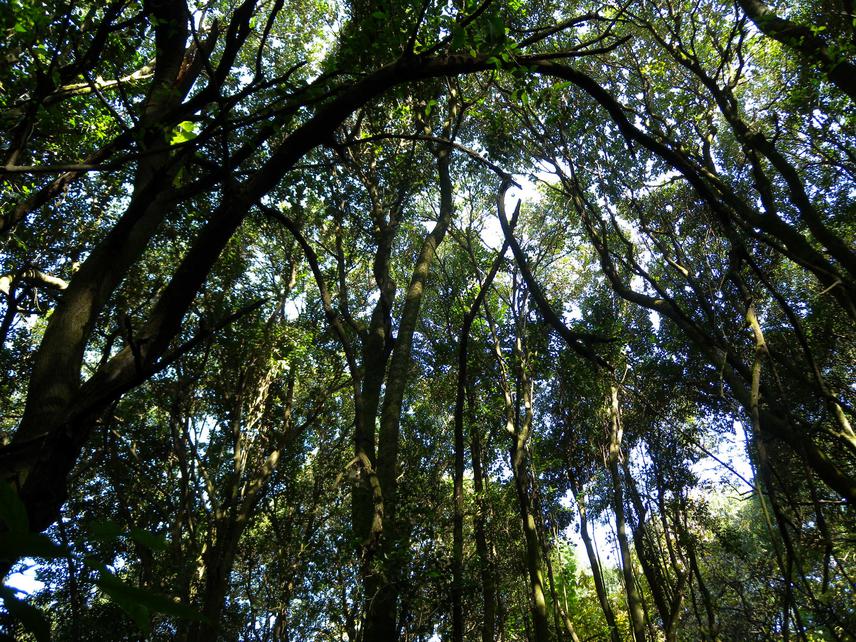Lia Montti
Other projects
17 Jul 2005
Conservation and Restoration of Subtropical Atlantic Forests Invaded by Monocarpic Woody Bamboo Grasses
This project will make the actual Ligustrum distribution and will develop predictive distribution models of Ligustrum in response to climate and land use changes, which will be linked to spatially explicit models of biodiversity, biomass and hydrology to explore potential scenarios of ecological changes.

Forest invaded by exotic tree L. Lucidum.
The Yungas is highly diverse cloud forest located in the eastern slope of NW Argentina mountains. This forest plays a key role in protecting watersheds and water resources for millions of inhabitants of the fertile foothills. However, land transformation and spread of exotic species endanger its conservation. Actually, livestock grazing and agriculture practices have decreased in mountain areas, which are not suitable for modern agriculture and cannot compete with extensive flat areas with fertile soils of the region.
Additionally, during the last four decades, regional precipitation has increased, in association with global climate change. These changes favor forest regeneration, but a growing proportion of these new forests are strongly dominated by Ligustrum lucidum, an exotic invasive species that have ecological characteristics different from native secondary forests (e.g. higher growth rates and biomass, lower diversity).
Current trends in climate and land use suggest that Ligustrum forests may cover tens of thousands of hectares in the coming decades. So the focus of this research will be quantified the actual and future distribution of Ligustrum and compare with the native forest making spatially modelled in future scenery about its ecological consequences in biodiversity, carbon sequestration and watersheds. Particularly we identify suitable environment conditions for the species and predict potential invasion for 2030 and 2050 and with this information we will orient landscape management policies (e.g. early warning systems, monitoring, mechanic control of early invading individuals, specific restoration techniques of native species).